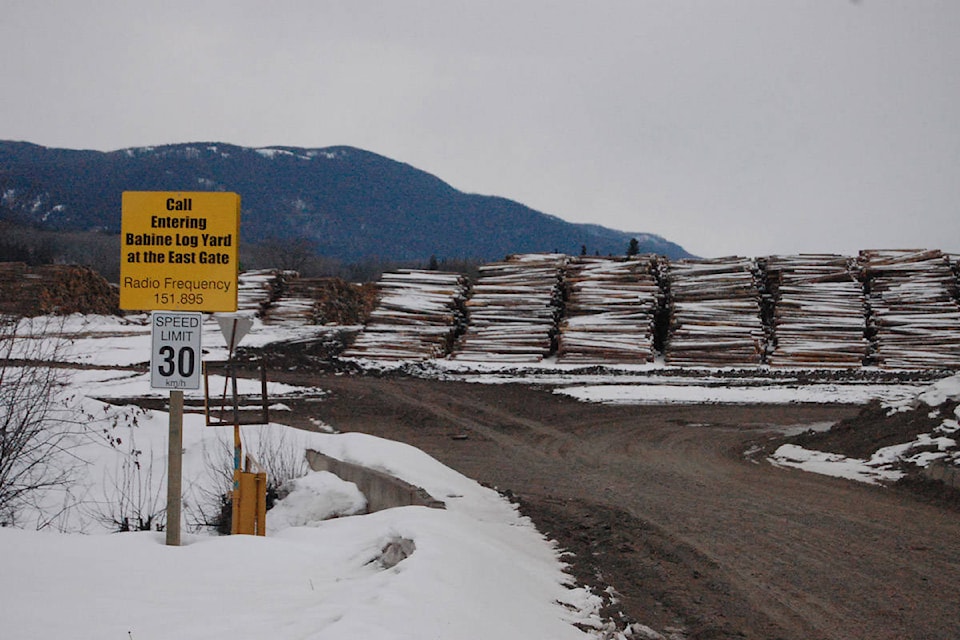Production is steady at local sawmills and the outlook is good for the coming season, despite ongoing trade disputes, rail transport problems and the long-term decline in northern forestry caused by the pine beetle.
That’s the assessment of Hampton Lumber CEO Steve Zika, in an interview with the Lakes District News.
Speaking from Portland, Ore., where the company is based, Zika said that Babine Forest Products is operating at close to normal capacity — two shifts daily, or sometimes three for the planer that smooths the wood before it ships — while Decker Lake has been operating at just below two shifts. Both mills are owned by Hampton Lumber.
The prolonged winter logging season has yielded a good supply that has filled the yards for both, said Zika. “It was a pretty good winter for logging,” he said.
The scales that measure timber volumes were recently closed at Babine — indicating that the company had reached its inventory target. “At Decker we might be taking a few more loads, but it should end this week,” Zika said during the April 4 interview.
The biggest problem for the company right now is a shortage of rail cars for transporting lumber, he said. A lack of freight cars on Canadian railways has created a backlog of shipments for lumber and grain producers recently.
Zika added that he’s concerned about political uncertainties, as trade disputes linked to softwood lumber and NAFTA continue between Canada and the United States. The ongoing tensions between Donald Trump’s government and China are also a source of concern, he said.
But the company’s position is strong due to high lumber prices resulting from robust economic growth worldwide and especially in the US housing market, he said. US exports represent roughly 60 per cent of Babine’s output and 10 percent for Decker Lake, according to Zika.
Construction of new housing remains below pre-2007 levels south of the border— that’s when the US housing market collapsed, dropping from a peak of 2 million housing starts annually to less than 500,000 in 2009, triggering global financial crisis and Great Recession.
But the market has largely recovered, with the latest statistics from the US Census Bureau indicating more than 1.2 million housing starts this year.
Zika noted that slower economic growth could mean a drop in lumber prices that would cut into profits, making high US tariffs harder to manage.
And the supply of timber is a persistent long-term problem. “The long-term issue is always going to be the timber supply,” he said, noting that the pine beetle has killed all mature pine in the North, leading to reductions in the government’s annual allowable cut.
